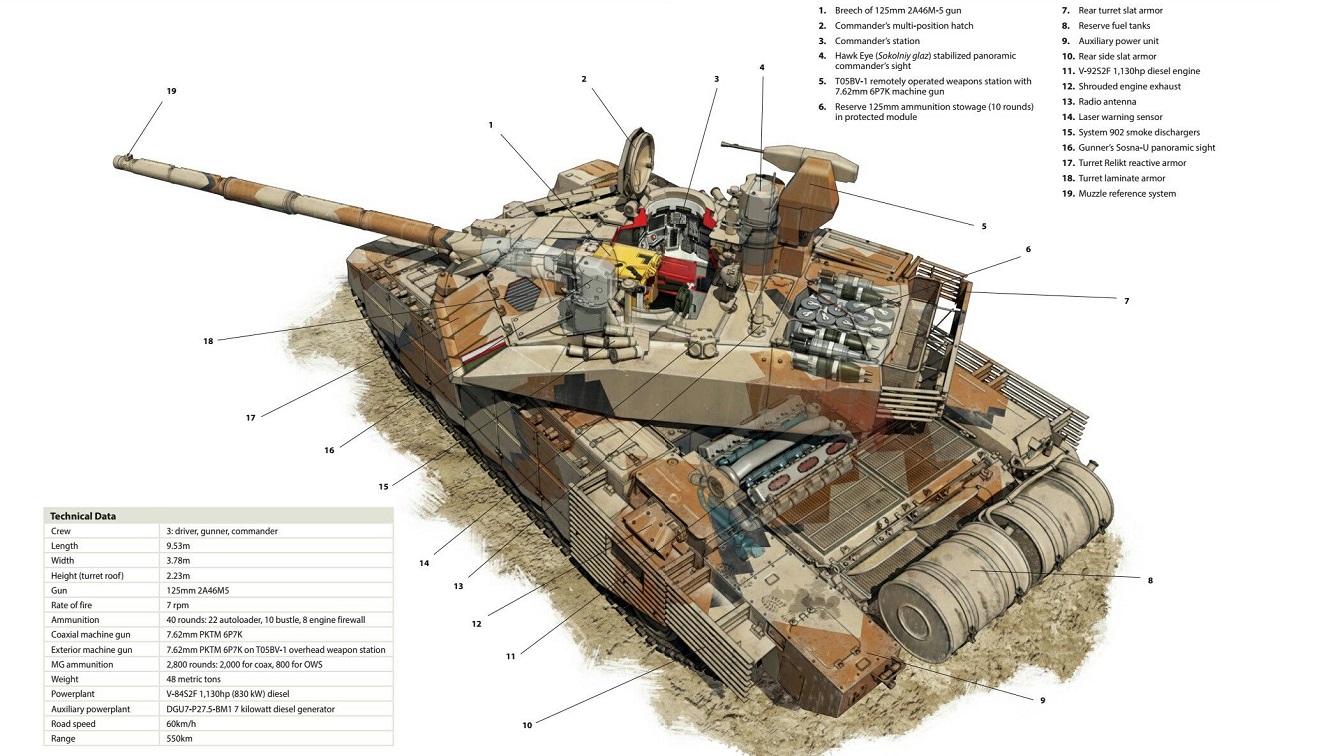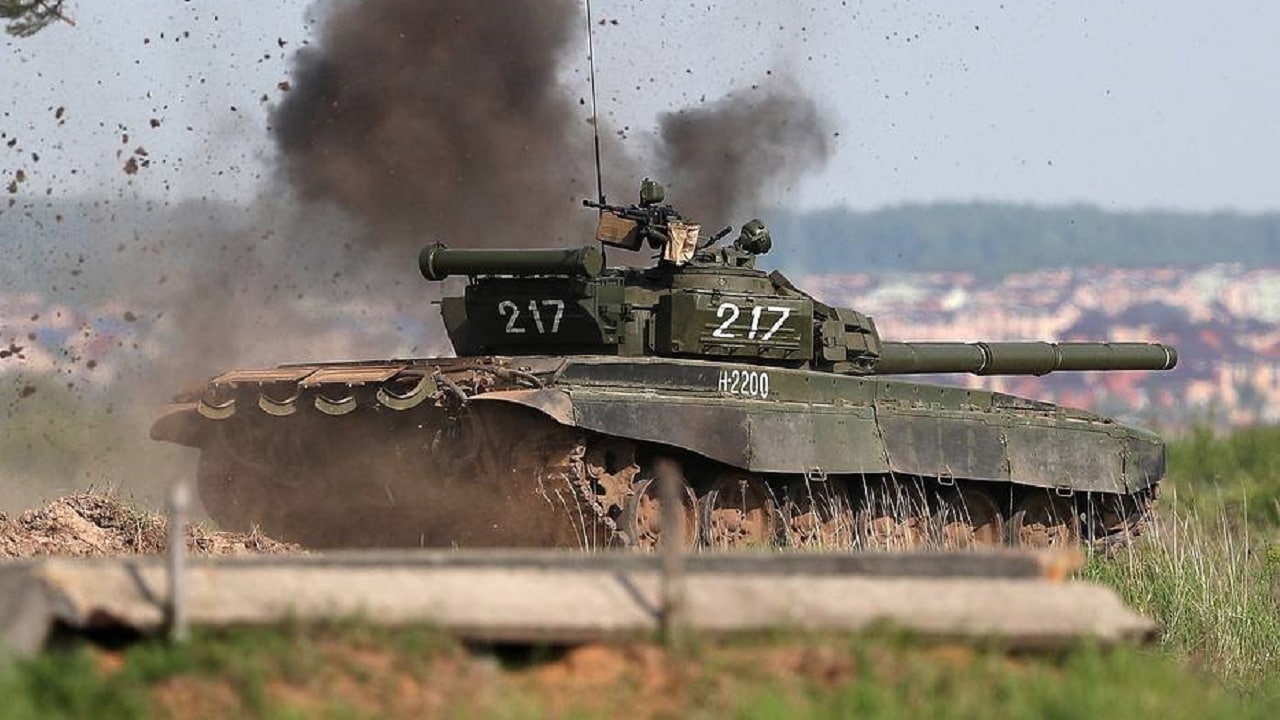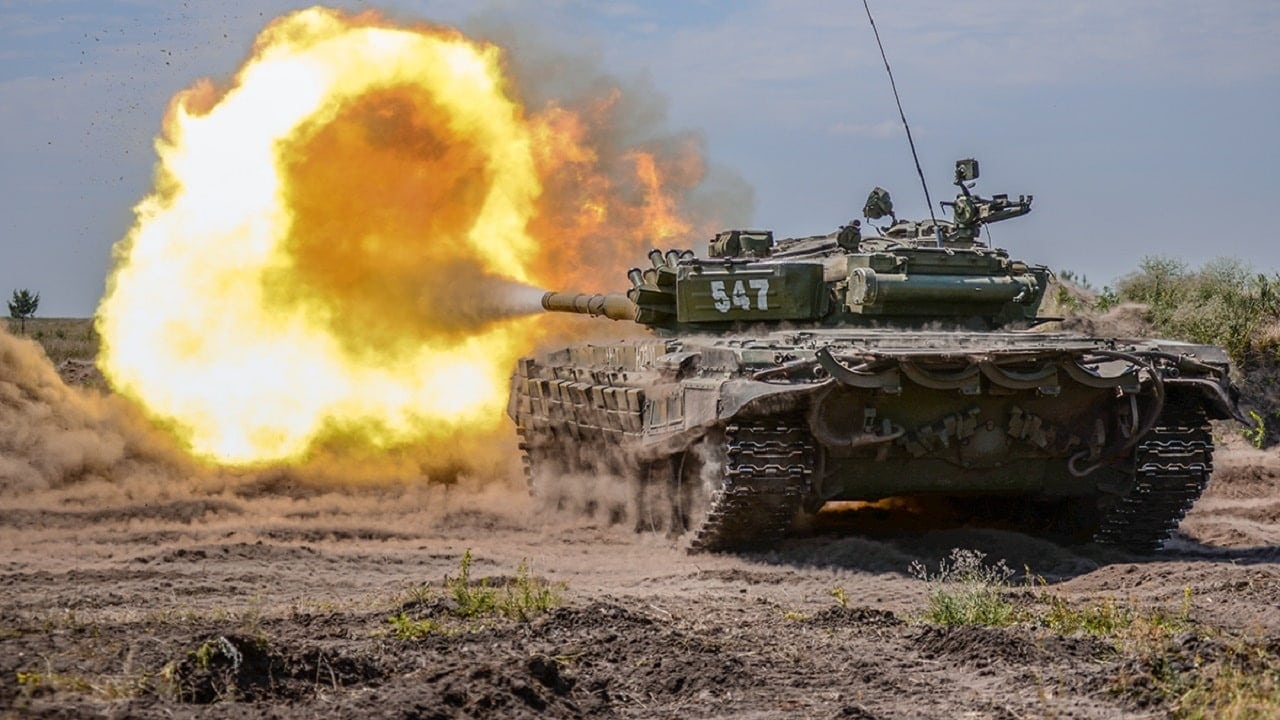Article Summary and Key Points: Despite losing over 3,000 tanks in Ukraine, Russia’s tank production is surging. How? By tapping into massive Soviet-era stockpiles and prioritizing quantity over quality—mirroring its WWII-era strategy.
-While Western analysts predicted Russia would run out of tanks years ago, its factories continue to modernize and rebuild T-72s and T-90s, producing more tanks than NATO combined. Even under sanctions, Russia’s defense industry has adapted, proving that sheer numbers can still win wars.
-Can NATO keep up? With limited production capacity and dwindling stockpiles, the West must rethink its strategy before it’s too late.
How Is Russia Still Producing Tanks? The Answer Might Shock You
Ever since Russia launched its invasion of Ukraine, analysts and experts have been investigating Russia’s supply of tanks and assessing how long Russia can sustain these war efforts.
As far back as 2022, some analysts claimed that Russia would run out of equipment within months.
These estimates have aged like fine milk. Russia has undoubtedly sustained a high rate of material losses in the warm, with estimates reaching as high as 3,000 tanks lost since 2022.
Despite these losses, Russia continues to field more tanks. Where are these tanks coming from, and how long can the Russian army keep things up? Just as a disclaimer, all figures used in this article are estimates and should be taken carefully.
Soviet Tank Production and Post-Soviet Stocks
Most of the Russian army’s tank stocks owe their existence to the Soviet Union. During the Cold War, The USSR sought to achieve numerical superiority to gain an advantage over NATO in the event of another war in Europe.
To that end, Soviet tank manufacturers focused on building as many tanks as humanly possible. From the T-55 to the T-72, the USSR mass-produced tanks as if their lives depended on them. From 1972-1990, the Soviets produced around 30,000 T-72s alone, in addition to around 7,000 T-80s and 12,000 T-64s, many of which ended up back in Ukraine. This excludes the insane amounts of T-54/55s in storage.
Tank production slowed in the 1990s as the USSR, later Russia, faced insane financial difficulties, and the economy collapsed. As relations between Russia and the West briefly improved, Russia dismantled much of its Soviet stock as a gesture of goodwill. The Russian tank force went from about 22,000 active units to about 6,000. It is estimated that Russia scrapped around 30,000 tanks in the early 2000s, a staggering blow to what was once the mightiest force in Europe.
Russian Tank Manufacturing Marches On
As the Russian economy got back on its feet, so did its ‘armor’ production.
Russia’s largest manufacturer, Uralvagonzavod (UVZ), received an order for over 1,500 T-90s from India, which may have saved Russian tank manufacturing from bankruptcy.
Additionally, the Russian army began expanding its tank fleet. With relations with the West souring, Russia increased its production and modernization of armored platforms.
Measuring the total output of Russian tanks is a difficult task. Most of UVZ’s outputs are modernized tanks of various models with newly produced T-90Ms. In 2021, one year before the invasion, Russia received an estimated total of 1,530 new, modernized, or otherwise refurbished tanks, supposedly 3.6 times the production in 2020.
Following the invasion of 2022, Russia was quick to reach back into its Soviet stockpiles, leading many to suspect that Russia was already running low on main battle tanks. With the appearance of T-62s and T-55s in Ukraine, analysts doubled down on the idea that Russia was on the verge of a major tank drought.

T-90. Image Credit: Creative Commons.
Russian tank production carries on despite the high losses on Russia’s side and over 5,000 sanctions from the West. Exact production figures from UVZ are hard to come by, and estimates range all over the place, with some saying that Russia can produce 200 tanks per year and others claiming that Russia can produce around 100 tanks per month. In any case, by all objective measures, Russian tank production is increasing, not decreasing, and it isn’t going to stop anytime soon. Even with the most conservative estimates, Russian tank production is still greater than the entirety of NATO combined.
Russia Chooses Quantity Over Quality
How is Russia still able to keep up with its losses despite all the sanctions placed on its defense industry?
The simple answer is that the Russians chose quantity over quality. Much like the Soviets during WWII, the Russians chose to produce lots of ‘armor’ that were cheaper, lighter, and easier to mass-produce. This puts their overall quality well below their Western opponents but gives them a significant numerical advantage. As WWII shows, wars of attrition are won with numbers. Whoever can field and sustain more tanks will be victorious. In Ukraine’s case, the numerical advantage lies firmly with Russia, even with assistance from 40+ countries.
Russia’s tanks are cheap and robust, one of Russia’s significant weaknesses, but it is also Russia’s greatest strength. The T-72 is a good example of this. Despite being long outdated, it is cheap, generally reliable, and easy to maintain and manufacture, so Russia has kept it as the backbone of its fleet. Russia’s industry has faced many challenges during its war with Ukraine, yet despite that; it has still been able to keep up with military needs while still operating in peacetime mode.

Russia’s T-72 tank drilling. Image Credit: Creative Commons.
Because of its large stock of Soviet tanks and manufacturing, Russia has been more or less able to cope with its losses. Russia’s example should serve as a brutal wake-up call to the West. Should the US or Europe enter into a similar conflict, NATO needs a large stock of tanks and a manufacturing base that can deal with expected losses, which NATO does not have at the moment.
About the Author: Isaac Seitz
Isaac Seitz, a 19FortyFive Defense Columnist, graduated from Patrick Henry College’s Strategic Intelligence and National Security program. He has also studied Russian at Middlebury Language Schools and has worked as an intelligence Analyst in the private sector.

